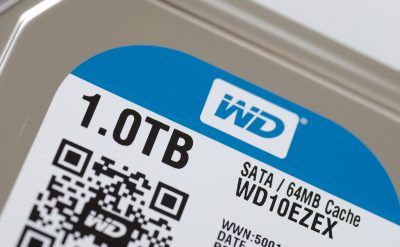Researchers have found a new technique that can store more optical data in a smaller space than the previously observed on-chip. The technique is set to improve the phase change of the optical memory cell- improving the write, and read data function and making the chip more power efficient. The optical Societies journal known as Optica described the new technique as an all-optical data storage that could meet the growing demand for data storage.
Instead of using the electrical signals to store the data in one or zero states using the optical technique the user can store information using the light. The researcher was able to demonstrate optical memory that has more than 32 states that is equivalent to 5 bits of information. The optical storage of the information is important to step in storage technology.
Bringing the speed of light-based transmission in the computers will help enterprises in creating an infrastructure that runs on both electrical and optical signals. The transmission of the data is done optically but once the data is received the optical signal is converted into an electronic signal.
In the optical technique, the memory cell uses light to encode the information in a phase change material. Using the phase change material the data can be stored for a very long time as they remain disordered or ordered. Mixing different kinds of ordered or disordered states will allow the information to be stored in a different level than traditional electronic memory.

















































